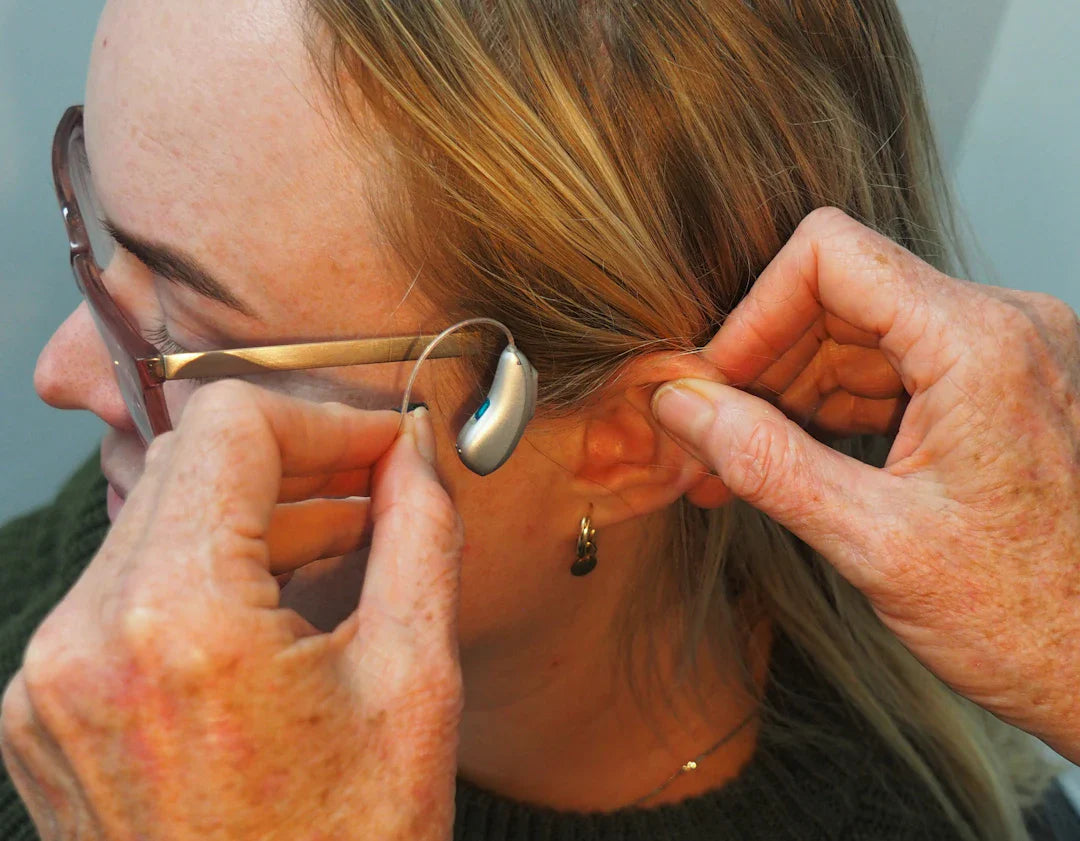Hearing aids are valuable devices that enhance the quality of life for many individuals. To ensure your hearing aids function optimally for a longer duration, proper care and maintenance are imperative. In this guide, we will walk you through the essential steps to clean and maintain your hearing aids effectively.
1. Daily Cleaning Routine
Developing a daily cleaning routine for your hearing aids is crucial. Use a soft, dry cloth to gently wipe the exterior of the device to remove any debris or earwax buildup. Avoid using water or cleaning solutions, as these can damage the delicate components.
2. Earwax Removal
Earwax can accumulate in the tubing and earmolds of your hearing aids, affecting their performance. Use a wax pick or brush provided by your audiologist to carefully remove any earwax. Do not use sharp objects that could damage the device.
3. Proper Storage
When not in use, store your hearing aids in a protective case to prevent dust, moisture, or accidental damage. Avoid exposing them to extreme temperatures or direct sunlight, as this can harm the electronic components.
4. Regular Maintenance Checks
Schedule regular maintenance checks with your audiologist to ensure that your hearing aids are functioning correctly. They can professionally clean and inspect the devices for any issues that may need to be addressed.
5. Types of Hearing Aids
There are various types of hearing aids available, including Phonak, Widex, Signia, and GN Resound. Each brand may have specific cleaning instructions, so be sure to follow the manufacturer's guidelines to maintain your device properly.
6. Cleaning Tools
Invest in cleaning tools designed for hearing aids, such as cleaning brushes, wax guards, and drying capsules. These tools can help you clean hard-to-reach areas and prolong the lifespan of your devices.
7. Avoid Moisture Exposure
Avoid exposing your hearing aids to moisture, as it can damage the electronic components. Remove your devices before showering, swimming, or engaging in activities where they may come into contact with water.
8. Battery Maintenance
Replace the batteries in your hearing aids according to the manufacturer's recommendations. Keep spare batteries in a cool, dry place and inspect them regularly for any signs of leakage.
9. Professional Cleanings
Consider having your hearing aids professionally cleaned by your audiologist periodically. They have the expertise and tools to perform deep cleanings and address any issues that may affect the performance of your devices.
10. Troubleshooting Tips
If you encounter any issues with your hearing aids, such as distorted sound or feedback, refer to the troubleshooting guide provided by the manufacturer. In some cases, simple adjustments or cleaning may resolve the issue.
11. Inspecting the Filters
Inspect the filters of your hearing aids regularly and replace them as needed. Clean filters ensure that the sound quality remains clear and prevents debris from entering the device.
12. Embracing Hearing Health
By following these tips and incorporating proper cleaning and maintenance practices into your daily routine, you can extend the life of your hearing aids and enjoy clearer, more consistent sound quality. Remember, hearing health is a crucial aspect of overall well-being.




